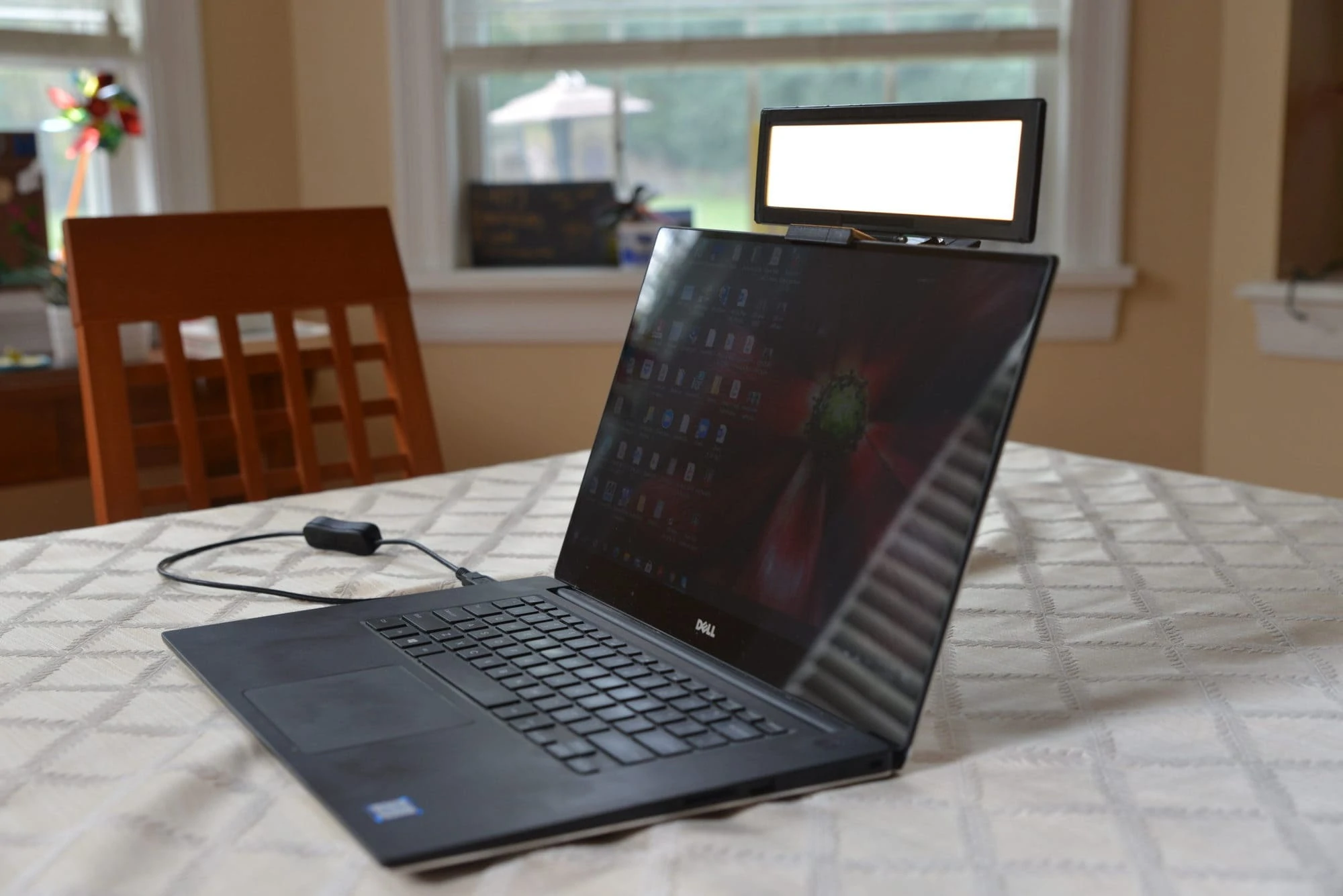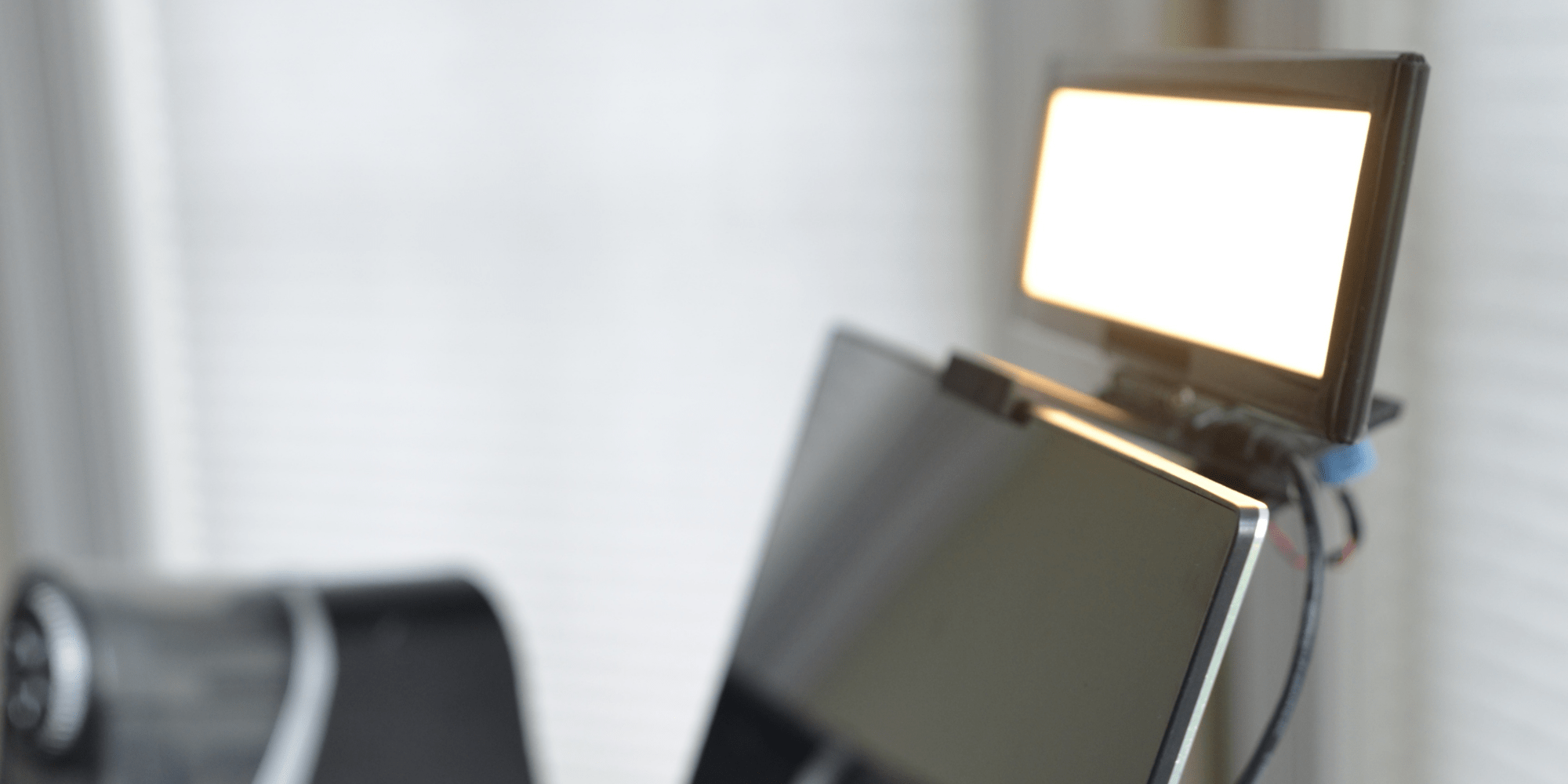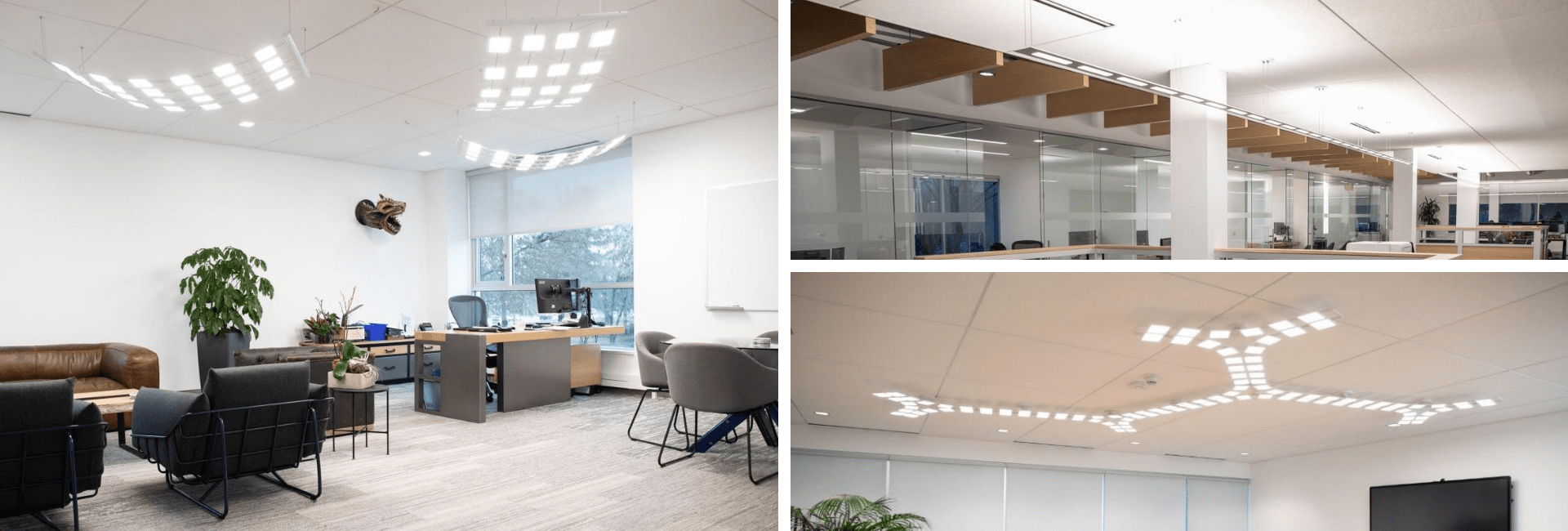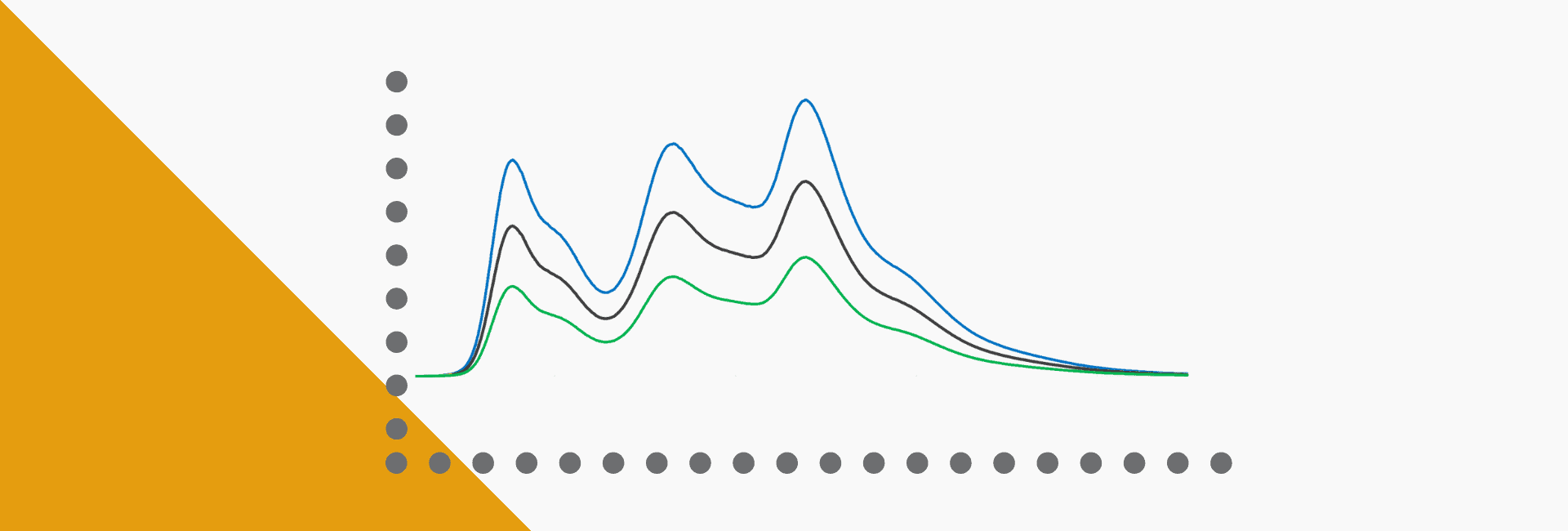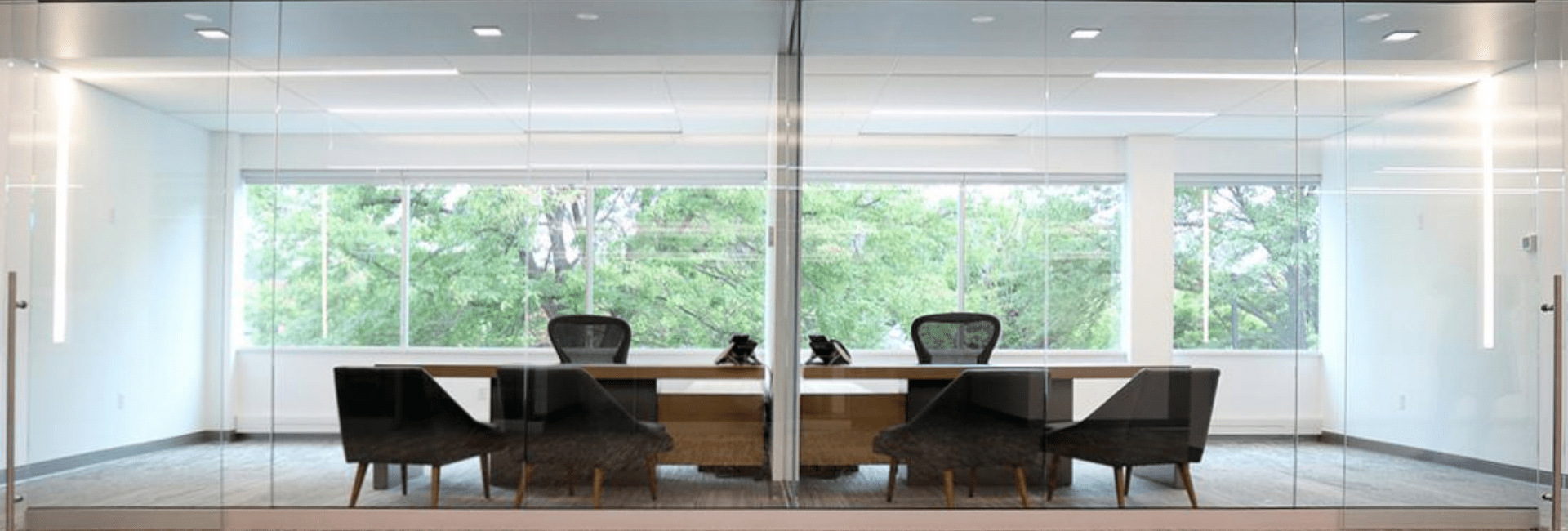
By Dr. Kathleen Vaeth, Director of OLED UX
I always think it curious that the first official day of the fall season in the northern hemisphere is towards the end of September. A technicality defined by the passing of the equinox, it seems by then summer vacations have been over for some time, and the new routines of work and school are already well established. The weather has usually started to change, and the evenings are marked by noticeably less daylight.
For most, the routines we are establishing in the fall of 2020 are significantly different than in years past. While we will hopefully get back to more familiar schedules in the months to come, most agree that the global pandemic will drive permanent changes to many aspects of how we interact with indoor spaces.
This is particularly true in the workplace, where layouts of densely packed cubicles and shared collaborative areas will give way to designs that give a heightened prioritization to employee health, hygiene, and safety. There have been some important concepts put forward over the past few months on how the office of the future will look, and these shifts will force architects and designers to approach how to illuminate these spaces in new and creative ways.
Office Lighting Post-COVID
The most likely change in workplace design are layouts that allow for social distancing through a combination of reduced employee density and appropriate furniture design. Steelcase and Hermann Miller have published some interesting concepts, which utilize physical barriers and carefully spaced out floorplans that provide proper protection and reconfigurability. It is worth noting that fire codes in some areas prohibit the use of common transparent barrier materials such as plexiglass as wall structures due to their flammability, so in some cases, overhead room lighting may be blocked before reaching the worker. Use of semitransparent or opaque barrier materials, combined with a dispersed desk floorplan, will drive more of the overall lighting design to be local and close to the user. OLED solid state lighting technology is a perfect solution in this situation, as it is cool-to-the touch during operation and low in contrast and glare, providing comfortable, high quality illumination. The high efficacy of OLED task lighting has the added benefits of low energy consumption and environmental impact, and the long operating lifetimes offer a lighting solution with minimal maintenance costs.
Sparser office floorplans will mean that some organizations will implement a staggered workforce, rotating a portion of employees into the office in shifts or ‘pods’. Efficient use of space in this situation will require employees from different groups to share desk areas. To do this safely, surfaces will need to be cleaned regularly between groups and kept free of clutter. Lighting fixtures that can be integrated directly onto furniture surfaces through slot or channel mounts, or suspended from extendable arms, will facilitate cleaning procedures. It will also be important to give workers the ability to personalize lighting positioning and levels to their preferences during their shift, as this has been shown to increase employee productivity and satisfaction. These requirements again play to the strengths of OLED lighting technology. Ultra-thin, lightweight, compact in profile, and dimmable, OLED lighting panels give the designer the freedom for integration on surface planes of any orientation with minimal impact on the overall furniture design.
In addition to social distancing measures, incorporation of systems that promote and maintain hygienic surfaces through elimination of human contact or use of automatic cleaning technologies are also predicted. In fact, a recent Harvard Business Review article asserts that healthy buildings will be more important than ever for companies to attract and retain talent, and enhance employee performance. Organizations such as the International WELL Building Institute and The American Institute of Architects have released guidelines that can be used going forward to achieve these goals. For lighting, designs that incorporate automated controls and touchless switches will increase, and OLED lighting is fully compatible with these types of systems. Use of UV-C for disinfection of indoor spaces may also become more prevalent, and while OLED lighting does not emit in this spectral range, the panels are compatible with these systems and the types of cleaning chemicals that are typically used for these purposes.
OLED Lighting for the Home Office
The other significant post-COVID change predicted for workers is that the home office will play a more prominent role. Working remotely has been increasing steadily over the past decade – up 44% in the past five years alone. In the U.S. a total of 4.7 million people, or 3.4% of the total workforce, were working remotely according to a study published by FlexJobs and Global Workplace Analytics in February 2020. These numbers have risen dramatically around the world over the past few months and are expected to stay elevated compared to the beginning of 2020 even after the pandemic is over.
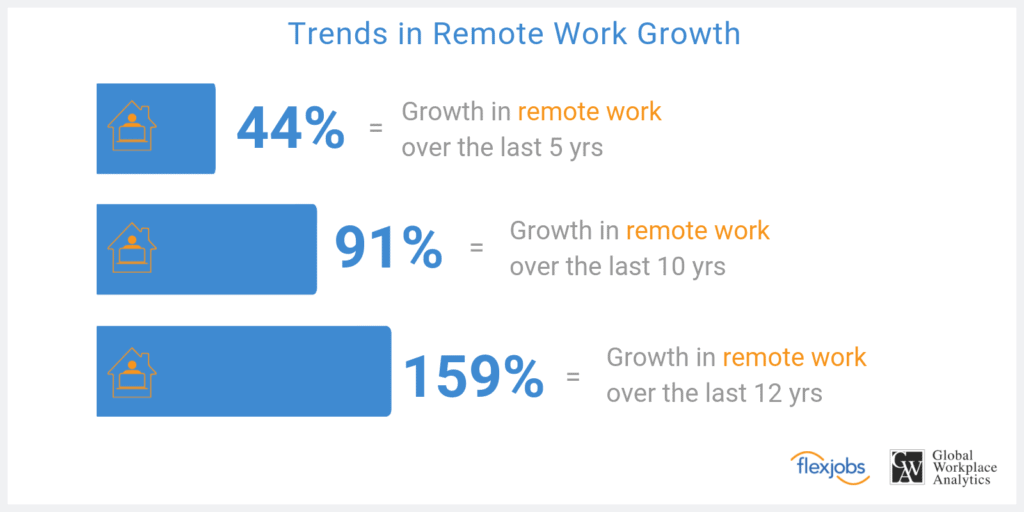
*Figure courtesy of FlexJobs
Although many of us have used our kitchen tables and bedrooms as short-term workspaces, proper areas set up with health and safety in mind will be needed long term. With several adults and children potentially working and learning from home at the same time, workspaces may also need to be flexible, portable, and reconfigurable, or be appropriate for regular home décor. These spaces are also likely to be constructed without the guidance of an ergonomics expert, so solutions will need to be straightforward and easy for the layperson to implement properly. This again is a situation where task and overhead lighting based on OLED technology is a great fit. The combination of elegance and performance that OLED lighting provides, with the highly uniform illumination, low-glare, and thin profile, enable a wide range of designs that can meet the needs of the home office.
One example is the Ira Pendant, by Arcio lighting. The slim and elegant profile of the Ira blends with any modern home office design, while delivering 600 or more lumens of diffuse, glare-free light that can be placed directly above a desk. Desk lamps such as the F-Light II by Suzhou Light Matters Tech, or the S1 Table Lamp by Jiangsu First-Light offer direct task lighting that can be easily incorporated into any existing office set up.
OLED Videoconferencing Technology
Whether in the home or office setting, another trend driven by the pandemic that is likely here to stay is the use of videoconferencing. Already on the rise over the past few years, many have become much more comfortable with the technology over the past few months, and most agree it will continue to be a prominent part of working life. As I am sure many of you have experienced, finding a suitable location for these meetings, one that is quiet with a non-distracting background and good lighting on a regular basis, can be a big challenge, and there have been some humorous and creative descriptions of how some have been managing. Poor lighting can be particularly distracting, as the blare of an overhead ceiling fixture or harsh shadows can make it difficult to see the faces of meeting participants. During my own meetings, I have experimented with lighting sources I had lying around in the house, as well as units specifically designed for videoconferencing, to varying degrees of success. As one might expect, the illumination quality was much better from the lights specifically designed for meetings, but I still found them high in glare and a bit tough to use. It seemed like there could be a better way.
At OLEDWorks, our goal is to make lighting panels that inspire designers, but we sometimes get inspired ourselves. We have an amazing engineering group, and when I casually mentioned use of OLED technology in a videoconferencing light, the team constructed a prototype before I came back with a formal build request. The team used a rectangular Brite 3 panel in warm white (pictured below) housed in a frame that allowed the unit to be hung from an LCD monitor or laptop screen. The light is powered by a USB cable plugged into the computer, has a dimmer dial to adjust the light levels, and an on/off thumb switch on the chord to make it within easy reach. I’m a big believer in prototyping, as it always helps one better understand the design possibilities, and so I was excited to take it for a test drive.
The first thing to note with the prototype is the thin profile. It was light and easy to hang, and one could imagine collapsing it back flush with a laptop display for storage and transport. In operation, the illumination was uniform with soft shadows, which would be expected of OLED lighting technology.
As you can see in the photos below, the addition of the OLED prototype provided considerable uniform illumination, particularly in the first two environments, without harsh contrast and shadows. Most importantly, the light was low in glare which, combined with the light weight, gave quite a bit of flexibility in adjusting its position, and made it easier to use for longer periods of time.
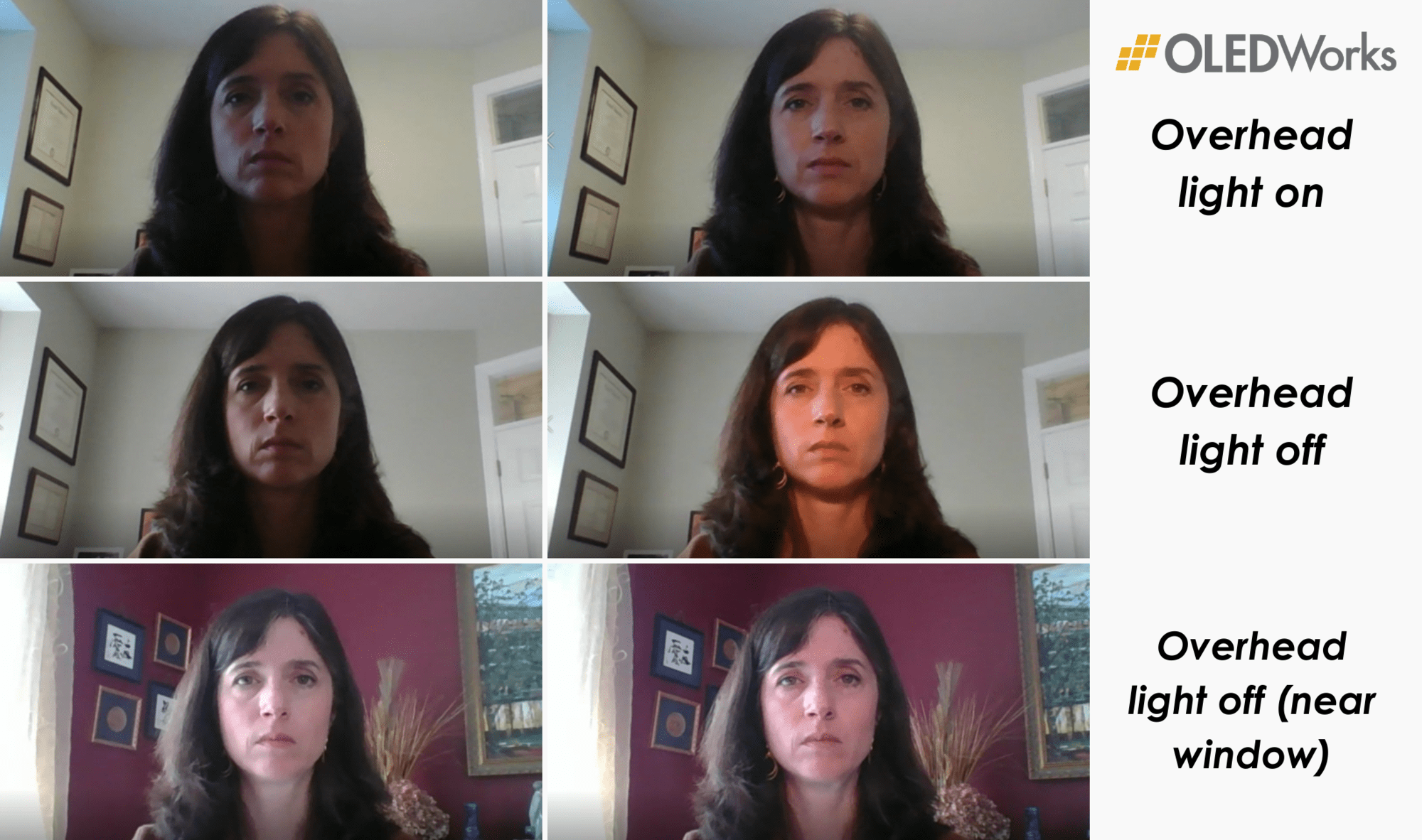
Left-hand side photos rely on room lighting. Right-hand side photos add illumination from the OLED videoconference prototype
Of course, as a scientist, I’ll be the first to acknowledge that I may not be a completely unbiased subject, since I am also an OLEDWorks employee. However, it was interesting to see OLED lighting perform in this application, and how the differentiating qualities it offers in form factor and illumination manifested themselves in the prototype.
The thin form factor and product simplicity of OLED lighting technology makes for endless design potential. We encourage you, the lighting design community, to manifest your own ideas for office lighting applications using our OLED Developer Kits. With your designs, OLED technology can bring health, design, and comfort to the forefront of office lighting.
The author would like to acknowledge Nick Primerano, Bruno Primerano, and Dave Scott for building the OLED videoconferencing light prototype.

